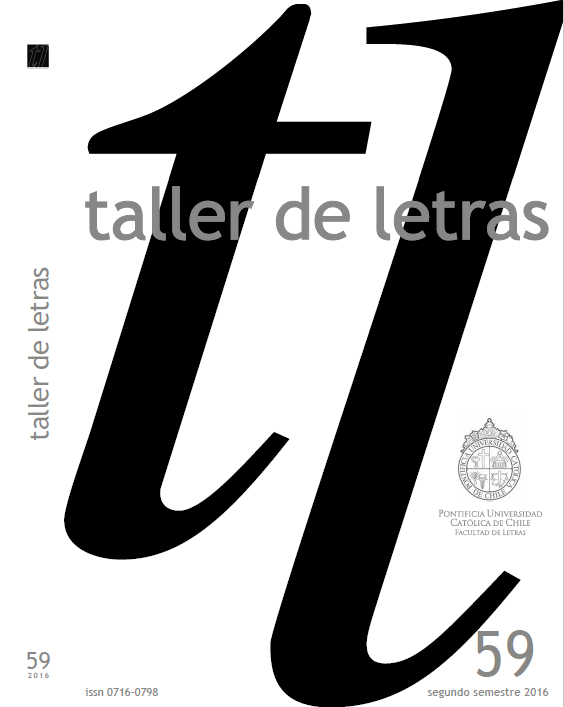Japanism: Another Way of Reading Alejandro Zambra
Main Article Content
Abstract
The idea of presenting this piece comes as a response to the reoccurring images of Japan in recent Latin American narrative. This is most evident in the creative work of authors such as Mario Bellatin (Mexico, 1960) with El jardín de la señora Murakami (2000), Guadalupe Nettel (Mexico, 1973), in Bonsái (2008) and El matrimonio de los peces rojos (2012), the recent inscription of the theme by Horacio Castellanos Moya (Tegucigalpa, 1957) in Cuaderno de Tokio (2015) and Alejandro Zambra with Bonsái (2006) and La vida privada de los árboles (2007). In these texts one can observe a space and diegesis in which we can recognize the links between the Latin American novel and the Japanese and how this narrative has been appropriated in order to form a self imaginary. The uses and possible functions of what I have called "Japaneries" and "Japanism" Will be emphasized. The way to address these texts is by approaching them through intertextuality to show how, specifically, Bonsaí de Alejandro Zambra has been influenced by Japanese texts. Given that our mental constructions about the Orient come from European inventions, I propose that writers' approach to Japanese literature declines —in a positive way— into an appropriation of the narrative and this allows them to create an imaginary territory in which the inclusion of Japan, and their motives, respond to the author's need or desire.
Article Details

This work is licensed under a Creative Commons Attribution-NonCommercial-ShareAlike 4.0 International License.

